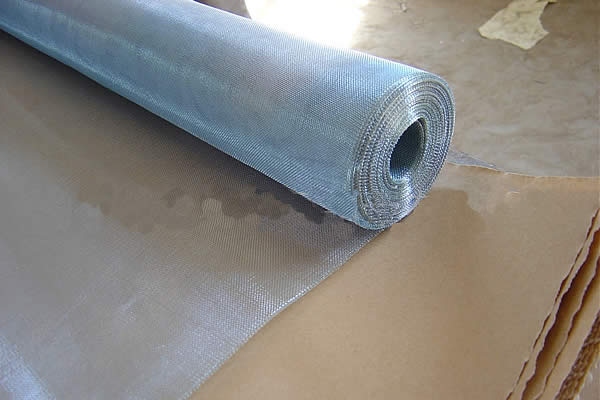 TEL:
+86-13102802206
TEL:
+86-13102802206
 Email:
fencenetting@china.com
Email:
fencenetting@china.com
 Language
Language
 TEL:
+86-13102802206
TEL:
+86-13102802206
 Email:
fencenetting@china.com
Email:
fencenetting@china.com
 Language
Language


The Green Gabion Wall A Sustainable Solution for Eco-Friendly Design
In recent years, environmental sustainability has become a significant focus in architectural design and construction. Among the innovative solutions emerging in this domain is the green gabion wall. Combining ecological principles with practical functions, the green gabion wall represents a fusion of nature and engineering that not only enhances aesthetics but also contributes positively to the environment.
A gabion wall is traditionally composed of tightly packed stones or concrete filled within wire mesh cages. These structures have been used for erosion control, retaining walls, and landscaping. When transformed into a green gabion wall, the cavities of the wire mesh are filled with soil and planted with various vegetation. This integration of plants not only beautifies the structure but also promotes biodiversity and supports local ecosystems.
One of the primary benefits of green gabion walls lies in their ability to manage stormwater runoff effectively
. As rainwater flows over the surface, the plants and soil of the green gabion wall absorb and filter the water, reducing the risk of flooding while improving water quality. By promoting infiltration, these walls help replenish groundwater supplies, making them an ideal choice for urban environments struggling with water management issues.
Moreover, green gabion walls offer excellent insulation properties. The combination of stone and soil provides thermal mass, which can help moderate temperature fluctuations in buildings nearby, reducing energy consumption for heating and cooling. This energy efficiency contributes to a building’s overall sustainability, aligning with the goals of environmentally-conscious design.
The aesthetic appeal of green gabion walls is undeniable. They can be tailored to fit any architectural style, blending seamlessly with both urban and rural landscapes. The vibrant greenery and diverse plant life not only enhance visual interest but also create habitats for wildlife. Birds, insects, and other creatures are drawn to these walls, fostering an example of ecological harmony.
Construction of green gabion walls is relatively straightforward and cost-effective. The materials used—such as wire mesh, stones, soil, and vegetation—are often locally sourced, reducing transportation costs and carbon footprints. Additionally, the robustness of gabion structures offers longevity and reduced maintenance requirements, making them a practical investment for property owners.
In conclusion, green gabion walls embody a compelling synergy of functionality and ecology. By providing erosion control, stormwater management, insulation, and aesthetic value, they serve as a versatile solution for modern design challenges. As our society continues to prioritize sustainable practices, the green gabion wall stands out as a commendable choice that not only enhances our living environments but also respects and nurtures the natural world. Embracing such innovative solutions can lead us towards a more sustainable future, making green gabion walls an essential component of contemporary architecture.